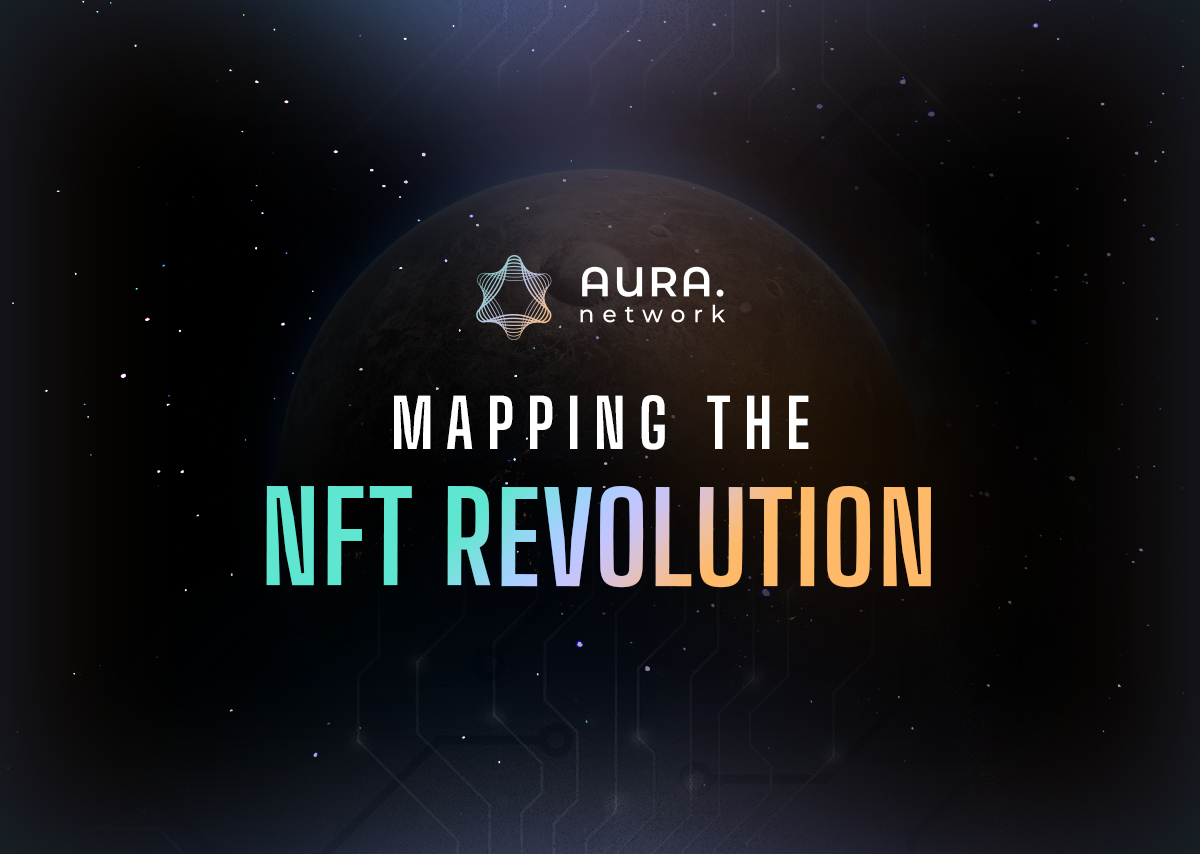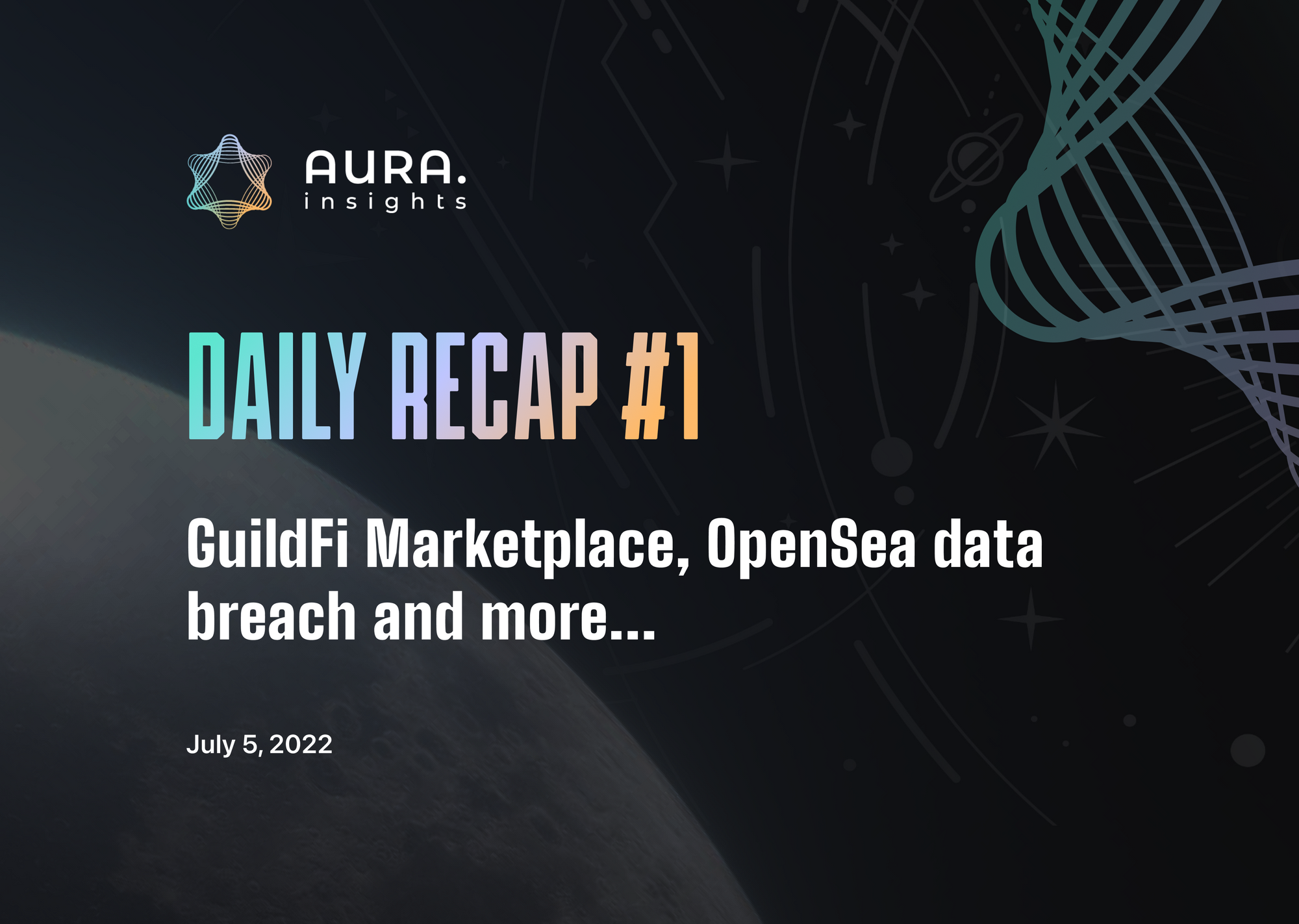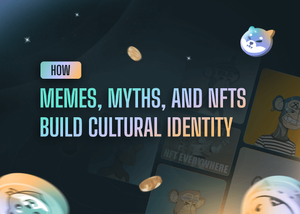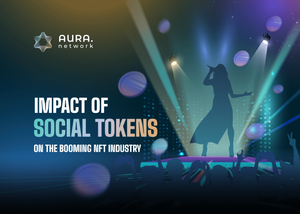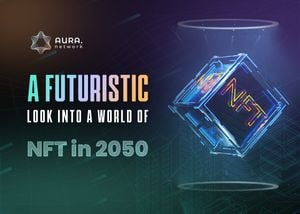More than 28.6 million wallets hold NFTs as of 2021, which has continued to increase, according to a DappRader report. But the growth of this industry that combines an amazing blend of authenticity and royalty into art, collectibles, ticketing, identity etc., can be traced back in 2009 when Satoshi Nakamoto unviewed Bitcoin. Fast forward to Q1 of 2022, and investors have spent over $30 billion on NFTs alone. NFTs have become a dominant sector in the blockchain space, spawning interest use cases across several industries such as music, games, real estate, ticketing, etc. This article will track the NFT revolution and its prospects from its inception to today.
NFTs: The beginning
NFTs are units of unique data that are linked to a digital asset. This data is stored on a blockchain and certifies the ownership of that digital asset by establishing provenance. Because these data are unique, they cannot be interchanged or replaced, making every tokenized asset in form of NFTs valuable. NFTs represent digital assets like art, collectibles, in-game items etc. Contrary to popular belief, the idea of NFTs predates the Ethereum blockchain. The concept of "Colored Coins" was the earliest idea of NFTs written by Meni Rosenfield in 2012 after the release of Bitcoin. It was not until 2014 that 'Quantum' the very first NFT, was minted on the Namecoin blockchain by Kevin McCoy. But this was experimental at best with no real utility. The revolution of NFTs truly started in 2017 with the creation of the CryptoPunks NFTs, a collection of 10,000 pixelated characters and CryptoKitties. This virtual game allowed players to adopt, breed and trade virtual cats. With the creation of the NFT token standard in the Ethereum network, these two projects kicked off what will become a $17 billion market.
The rise of PFPs
One popular use case for NFTs is pfp projects and the biggest NFT market trend unarguably. NFTs make it possible for digital artists can sell their work to their audience without intermediaries. This model helps artists save costs, maximize earnings, and provide the opportunity to earn royalties from secondary sales. This is the basis upon which pfp NFTs were born. CryptoPunks were one of the first PFPS NFTs. Since then, many prominent projects such as Bored Apes Yacht Club, Moonbirds, Azuki's and Goblin town have emerged. There are over 80,300 NFT projects on the Ethereum blockchain alone, and pfp NFTs account for almost all trading volume on NFT marketplaces such as OpenSea.
Evolution of P2E games
In 2018, Sky Mavis launched Axie Infinity, an NFT-based game where players can breed, buy and sell little NFT creators called Axies. The success of NFT games like Axie-infinity and CryptoKitties ushered in the play-to-earn (P2E) gaming model. This trend quickly became popular among game and non-game enthusiasts alike. Unlike traditional games, NFT-based games allow players to directly earn income from gameplays by trading or staking in-game NFTs. The success of Axie-infinity became a proof of concept leading to the emergence of several P2E games such as GodsUnchained, Iluvium, SplinterLands etc. As demand for NFT-based games grew, maintaining a low barrier to entry led to the emergence of game guilds such as YGG, GuildFi, Avocado Guild and Merit Circle. These guilds offer educational programs that allow new users to play these games without high upfront costs.
Bridging the physical and digital economies
Over time, NFT use-cases have continued to expand, going beyond digital arts and in-game collectibles. Use-cases outside the digital arena, such as in ticketing. Protocols like GET protocol are building an interoperable NFT-based ticketing system that offers a more efficient distributing system with enhanced utilities such as doubling as a rewarding medium for holders. Also, NFTs are increasingly being used in real estate. Tokenizing physical structures like real estates allow for flexibility and improved liquidity. By having utilities that span the physical and digital space, NFTs act as a bridge enabling the free flow of value between the digital and physical economies. This leads us to one more area of interest where NFTs are of utmost importance.
NFTs and the Metaverse
The Metaverse is one of the most exciting sectors of the blockchain space. It seems to be the converging point for all the individual use-cases of blockchain technology. Greyscale defines the Metaverse as a set of interconnected, experiential, 3D virtual worlds where people located anywhere can socialize in real-time to form a persistent, user-owned, internet economy spanning the digital and physical worlds. The Metaverse is made up of different individual elements, and NFTs are the core elements that bring everything together. For instance, Metaverse projects such as Decentraland and The Sandbox are virtual worlds made of NFTs, from character avatars to the virtual items which people interact with. NFTs allow for viable digital economies to exist within these virtual ecosystems and are pivotal in converting digital assets into real-world value. The Metaverse is estimated to be worth trillions in dollars value.
Conclusion
The NFT market landscape is continuously being shaped. A lot has been achieved in relatively little time, yet the total market potential is yet to be tapped. The rapidly evolving nature of the space means that more innovative use-cases will continue to be built around this technology. And with the massive in-flow of corporate funds into the space, such as Meta's virtual world, Nike's RTFKT purchase, Adidas' partnership with the Sandbox, Microsoft's Activision acquisition and more, there's still so much to expect from the NFT space.



